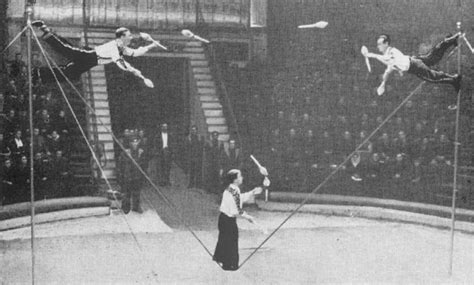NeuroMuscular Coding
Contents
NeuroMuscular Coding¶
Slides¶
Neuron Coding¶
Experimental Demo¶
EMG under different load and with different speed of onset.
Overview¶
Human MUs vary considerably in twitch force, contractile speed, axonal conduction velocity, fatigue resistance, recruitment thresholds, firing rates, and firing patterns. These functional properties, together with the corresponding morphological characteristics such as soma size, axon diameter, and muscle fiber size, are interrelated. The smallest (soma size, axon diameter, muscle fiber size) MUs have the smallest twitch force, the slowest contraction speed, the slowest conduction velocity, the greatest resistance to fatigue, the lowest recruitment thresholds, and the lowest minimum and maximum firing rates. The converse applies to the largest MUs. Between the extremes are MUs with intermediate characteristics. MUs are generally recruited in order of size in voluntary contraction of increasing force or effort. Thus, units are recruited in order of increasing twitch force and contractile speed and decreasing resistance to fatigue. In some muscles MU recruitment occurs throughout the range of contraction force, whereas in other muscles most if not all MUs are recruited by about 50% of maximum contraction force. The latter pattern is characteristic of small muscles that perform precise movements. The recruitment order of MUs according to size is based on the inverse relation between susceptibility to discharge and motoneuron size. Thus, for evenly distributed and increasing excitatory synaptic input to a pool of motoneurons, smaller motoneurons will begin to fire before larger motoneurons. This arrangement ensures, for example, that the small, fatigue-resistant MUs will be preferentially activated in prolonged, low-intensity exercise, to which these units are most suited. In brief, intense exercise, the associated greater excitatory input will also recruit the large MUs, taking advantage of their greater strength and contractile speed. A frequent question is whether rapid, ballistic or explosive contractions and movements are associated with selective or preferential recruitment of large, fast twitch MUs. There is evidence of synaptic input systems that preferentially excite large, fast twitch MUs and inhibit small twitch MUs; however, the majority of evidence from human experiments indicates that the recruitment order is not reversed in ballistic contractions. For technical reasons, most studies have used isometric contractions.
